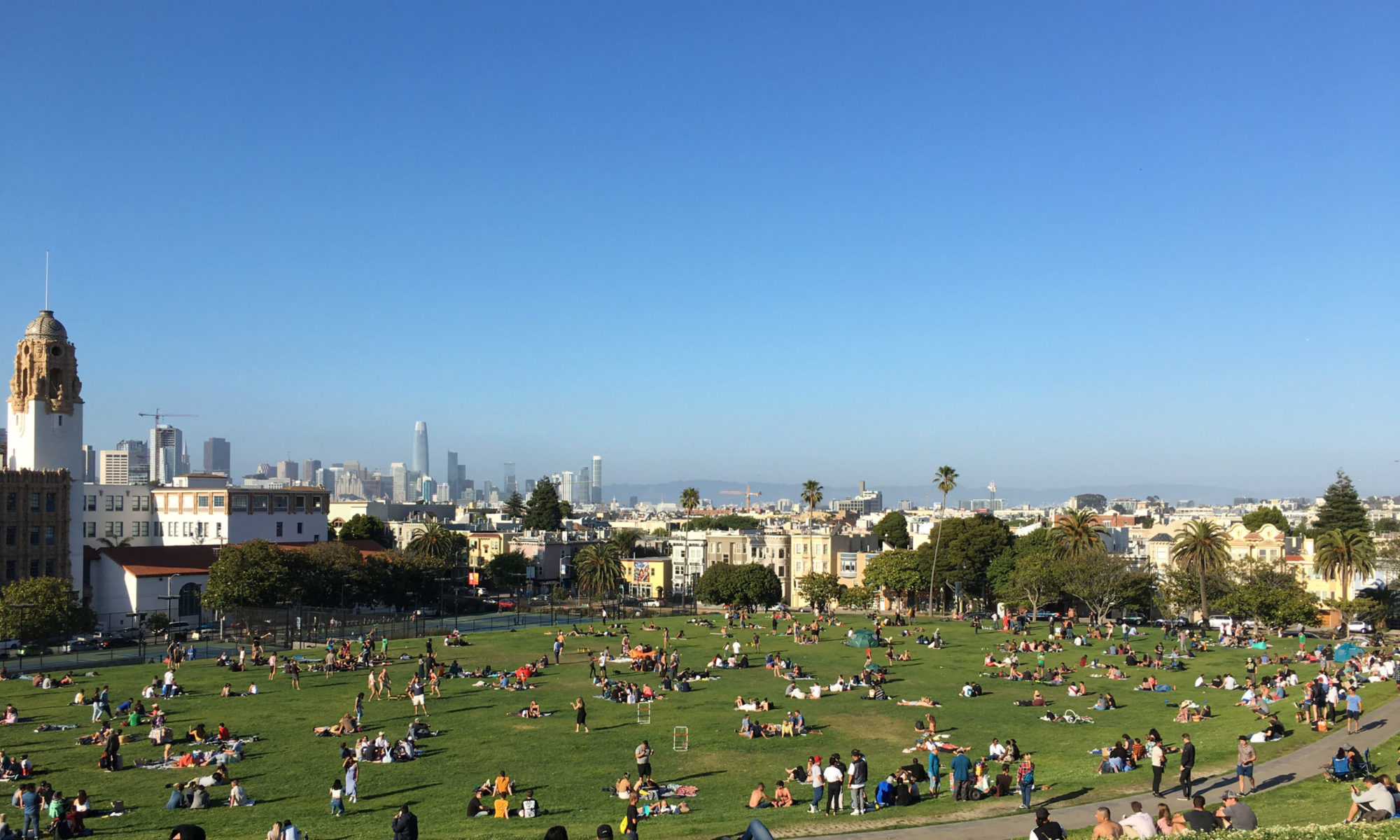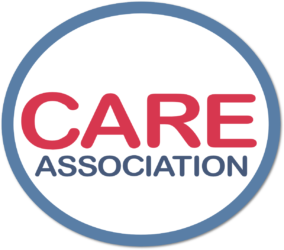Truly Affordable Housing
Too many Americans pay more than the national standard of 30% of gross income on housing costs: including rent or mortgage, maintenance and utilities. One out of 11 households are cost-burdened with housing costs that are 50% or more of their income (Source: Joint Center for Housing Studies of Harvard University). This ratio may be higher because of the coronavirus pandemic.
Housing that costs no more than 30% of households’ income allows residents to reallocate funds toward other necessities, such as child care, education, healthcare, clothing, and food. Reducing housing costs increases disposable income, which raises spending power and strengthens the economy.
Our goal is to create truly affordable homes that do not rely on government subsidies. To do this, we plan to:
- Build small
- Use donated and second-hand materials, and
- Use the sweat equity of volunteers and prospective residents
For truly affordable homes, we also need alternative construction methods. Cob construction and 3-D printing are a few of the methods we are researching. We are also considering combustibility and longevity. Houses built primarily with wood do not belong in wildfire zones. And structures should be low-maintenance and easy to repair.
Our plan
Care Association is working to build accessory dwelling units (ADUs), which are living units within existing houses or elsewhere on single-family lots. A single-family house typically may have one ADU. The cost to build and ADU inside an existing house is considerably less than a standalone structure. We are currently in pre-development to build a standalone ADU in Marin County. Due to the waiting list for pre-fabricated structures, we are working on securing a location to construct structures off-site, where we will host build days where people can volunteer and learn how to build.
In 2018, the planning department of Sonoma County in Northern California enacted a provision called the Cottage Housing Development provision to allow construction of multiple small units on a single residential lot. This provision allows tiny houses to be built on foundations, which presents an opportunity to create housing at a relatively low cost.
In Sonoma County, there is a 10-year waiting list for affordable homes. This waiting list is worsened with every wildfire that destroys homes.
For a first ground to roof construction project, we aim to construct at least 3 houses on a single residential lot in Sonoma County. As we gain experience with alternative construction materials and training people through workshops, we hope to come up with a replicable model. Our goal is for people to construct their own homes on land owned by a land trust and with mutual self-help.
The Cost
The cost of conventional construction, especially with the more-than-doubling of the cost of lumber (source), makes housing unaffordable by a household earning minimum wage, even for a 600 sq. ft. cottage. A household earning minimum wage in a 40-hour workweek can reasonably afford to pay about $780 a month in housing costs. The least expensive new home in the San Francisco Bay Area is far above this rate.
You can help us offset the cost of housing and enable us to offer homes to households earning minimum wage. Donations may be made on our Kindest page.
Accessory Dwelling Units
Every dollar counts!
We are 100% volunteers. Every dollar we receive will go toward creating housing.
Thank you for giving.

